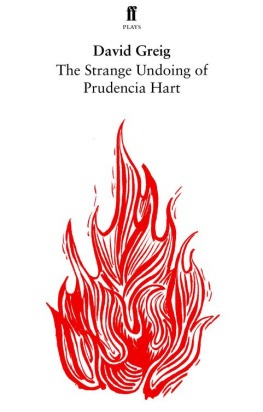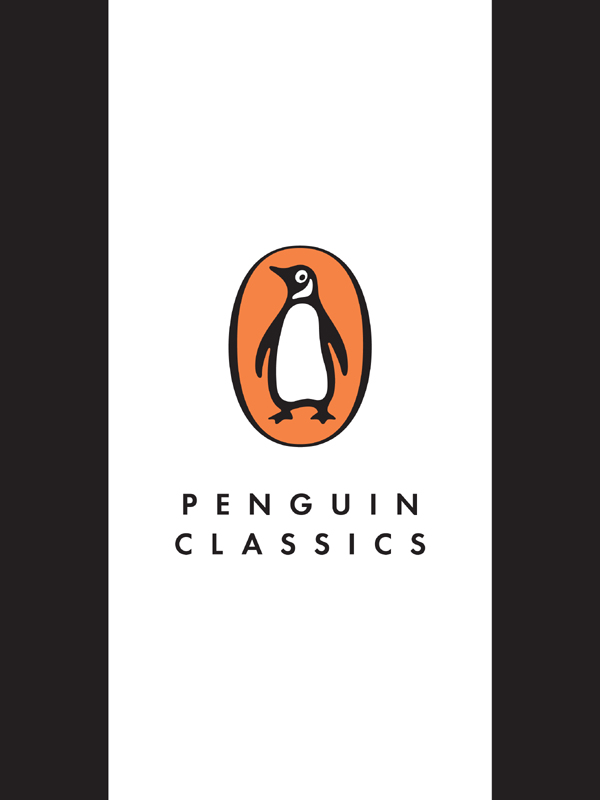ALLEN LANE
Published by the Penguin Group
Penguin Books Ltd, 80 Strand, London WC2R 0RL , England
Penguin Group (USA) Inc., 375 Hudson Street, New York, New York 10014, USA
Penguin Group (Canada), 90 Eglinton Avenue East, Suite 700, Toronto, Ontario, Canada M 4 P 2 Y 3 (a division of Pearson Canada Inc.)
Penguin Ireland, 25 St Stephens Green, Dublin 2, Ireland (a division of Penguin Books Ltd)
Penguin Group (Australia), 250 Camberwell Road, Camberwell, Victoria 3124, Australia (a division of Pearson Australia Group Pty Ltd)
Penguin Books India Pvt Ltd, 11 Community Centre, Panchsheel Park, New Delhi 110 017, India
Penguin Group (NZ), 67 Apollo Drive, Rosedale, Auckland 0632, New Zealand (a division of Pearson New Zealand Ltd)
Penguin Books (South Africa) (Pty) Ltd, Block D, Rosebank Office Park, 181 Jan Smuts Avenue, Parktown North, Gauteng 2193, South Africa
Penguin Books Ltd, Registered Offices: 80 Strand, London WC 2 R 0 RL , England
www.penguin.com
First published by Allen lane 2012
This edition published in Penguin Classics 2014
Selection, introductions and additional material copyright Steve Roud and Julia Bishop, 2012
All rights reserved.
The moral right of the authors has been asserted
ISBN: 978-0-141-96432-4
PENGUIN  CLASSICS
CLASSICS
THE NEW PENGUIN BOOK OF ENGLISH FOLK SONGS
STEVE ROUD is the Founder of the Roud Folk Song Index and the author of a number of major works on English folkways and customs, including The English Year.
JULIA BISHOP has a PhD in folksong and is Chief Editor of the forthcoming edition of the James Madison Carpenter Folksong Collection.
Shortlisted for the Katherine Briggs Award 2013.
To Kate, Mark, Jacqueline and Stephanie
To Robin and the girls, who have held the fort so valiantly
during the preparation of this book
General Introduction
This book presents the core tradition of English folk song, as reflected in the major and minor collections compiled from about 1870 to the 1970s and 1980s. It therefore includes many of the most popular traditional songs from the long-gone era when singing out loud was normal everyday behaviour and music was largely a participatory rather than a spectator activity.
The original edition of The Penguin Book of English Folk Songs, edited by Ralph Vaughan Williams and A. L. Lloyd, was a brilliant piece of work and has been a classic ever since it was published in 1959. Vaughan Williams was one of the last survivors of the great days of the Edwardian folk-song collectors and the grand old man of the English musical establishment, although he died just before the project was completed. By contrast, Lloyd was a journalist and free-lance writer who was one of the most vocal of the new Folk Revival activists, criticizing, questioning, and politically committed to spreading the word of folk song to the people. The book came at just the right moment, when there was a groundswell of feeling among the Folk Revivalists in England that the national tradition was being neglected in the welter of American, Irish and Scottish material which had thus far fuelled the movement. In an uncanny parallel to the general perception in the Victorian and Edwardian eras that the English had no decent music, it was felt there was a danger the new generation of folk singers would know about songs from every nation but their own. The word English in the new title was therefore a significant element. The book quickly became a key text for the Folk Revival in this country, and not only supplied the repertoire for countless club singers (being conveniently pocket size), but also prompted enthusiasts to seek out other English sources.
Vaughan Williams and Lloyd took their material from a single, albeit long-running, source: the journals of the Folk-Song Society (18991932) and its successor, the English Folk Dance and Song Society (1932 onwards). Both societies had prided themselves upon presenting the material in their journals in a plain and unadulterated fashion, with the tunes printed exactly as collected from the original singers, without amendment or accompaniment, therefore making them the real thing. In the earlier volumes of the journals, however, the texts were not so delicately handled. They were often cut short, with only one verse or a representative sample given, and if they were printed in full were sometimes completed from broadsides. Vaughan Williams and Lloyd therefore had to complete many of their texts by taking elements from other versions.
As with most folk-song collections down the years, Vaughan Williams and Lloyd were not looking for the normal and typical, or to present a view of the tradition as a whole, but were concerned with choosing the best of folk songs. They therefore often selected the special and unusual, based largely on aesthetic grounds. All Things are Quite Silent, for example, the first song in the book, was extremely rare in the tradition, having been collected only once. The present volume takes a different tack, and is the first to do so for some time. Conscious of the fact that we now have access to much more material than any of our predecessors, we have tried to ascertain which songs were collected most often, and to use this as a ranking, however crude, of popularity within the tradition at large.



![Robert Choi - Korean Folk Songs: Stars in the Sky and Dreams in Our Hearts [14 Sing Along Songs with the Downloadable Audio included]](/uploads/posts/book/423508/thumbs/robert-choi-korean-folk-songs-stars-in-the-sky.jpg)










 CLASSICS
CLASSICS